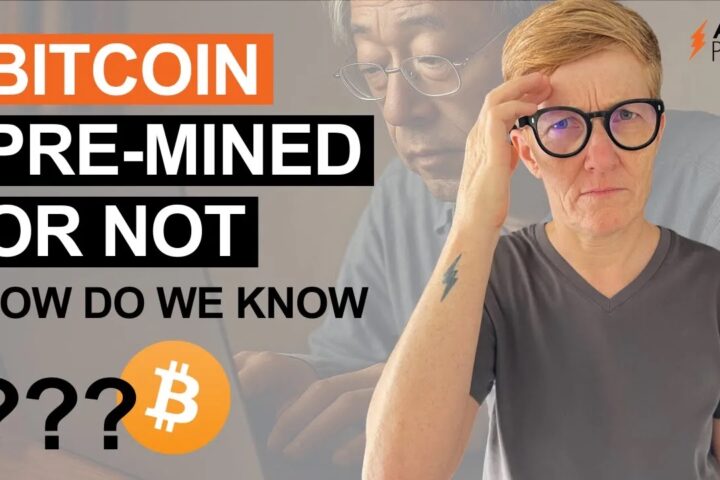Excerpt
I discuss whether Bitcoin’s fee model can remain sustainable long term. Today, transaction fees are only a small share of miner rewards, and many miners are profit-driven corporations. I explain why this is a real challenge, how the network adapts through hash rate and difficulty, and why Bitcoin has stayed secure despite past shocks. I also touch on the debate around tail emissions and why the 21 million limit is likely here to stay. Watch now!
Transcript
At the moment, I think the transaction fees are only 1 to 10 percent of the rewards that the miners reap for their work. And there are a lot of people who are in Bitcoin for philosophical reasons, but I believe that the bigger parts of Bitcoin miners at the moment are corporate miners who are very profit-oriented and they have no such thing as a philosophy behind maintaining Bitcoin and keeping it secure from that point of view. They are only in for the money and they would switch to any other coin immediately if it would serve them and would give them more profits. So this challenge is real, but yeah, it’s like 115 years from now and we only have 15 years behind us. So I’m very sure that the Bitcoin community and node runners and miners and developers that there will be a way to save Bitcoin in that sense. The optimistic scenario is that the fees, like the value of the fees will go so high in the next 115 years because we have such a high adoption that the work for the miners is secured, like the paying for the work for the miners. And also if the profits of the miners are going down, then also they mostly shut down their operations and then the hash power in the network is going down too, which means that after a while also the mining difficulties going down. So we are seeing this adaptation to the different values of Bitcoin, the prices of Bitcoin. We have been seeing that over the years already and Bitcoin has been staying secure all those years. Although there was like in, I don’t know, 2017/2018, there was a ban on Bitcoin mining in China and suddenly people said, oh, Bitcoin will be insecure now and it will be able to attack Bitcoin. It hasn’t been true. It turned out that Bitcoin self-adjusted again and also other miners took over the work from the Chinese miners that were banned, those who were banned, because actually you can’t really enforce a ban on miners. They can still mine at home, you know, and that’s also something. Solo mining with small devices like BitX is very important for the security and the decentralization of the network. So there are a lot of people also working on these small miners and new technologies are also being built with mining machines. So yeah, it’s you can’t really say what’s going to happen, but it’s also true. No one in Bitcoin wants tail emissions at the moment. And if someone would propose that, that would immediately end in a hard fork. And I am pretty sure that most people and most node runners would choose the Bitcoin fork with the 21 million limit because it would hurt everyone if we had big tail emissions. But on the other hand, maybe we decide in 70 years or 100 years that it has to change. I don’t know. We won’t be there, but I’m sure that Bitcoin will work even then.



